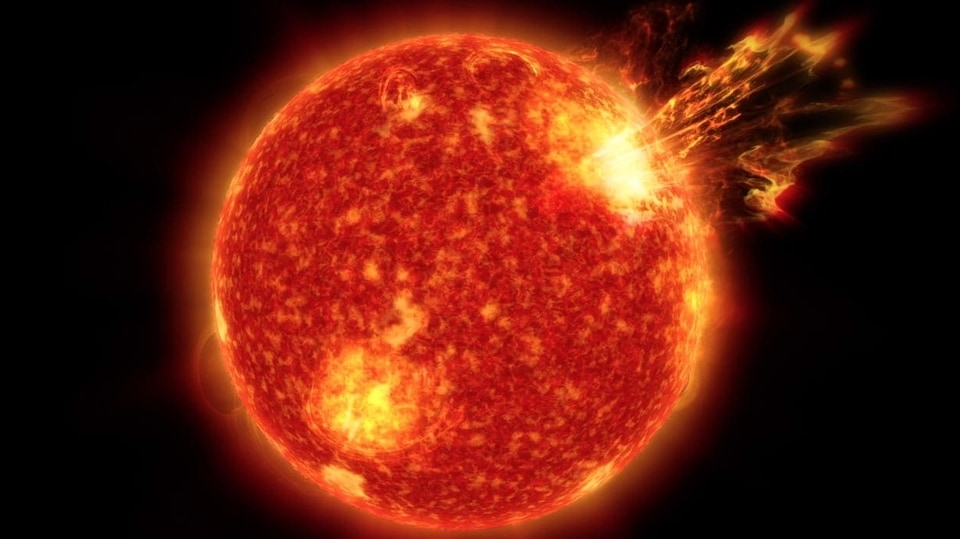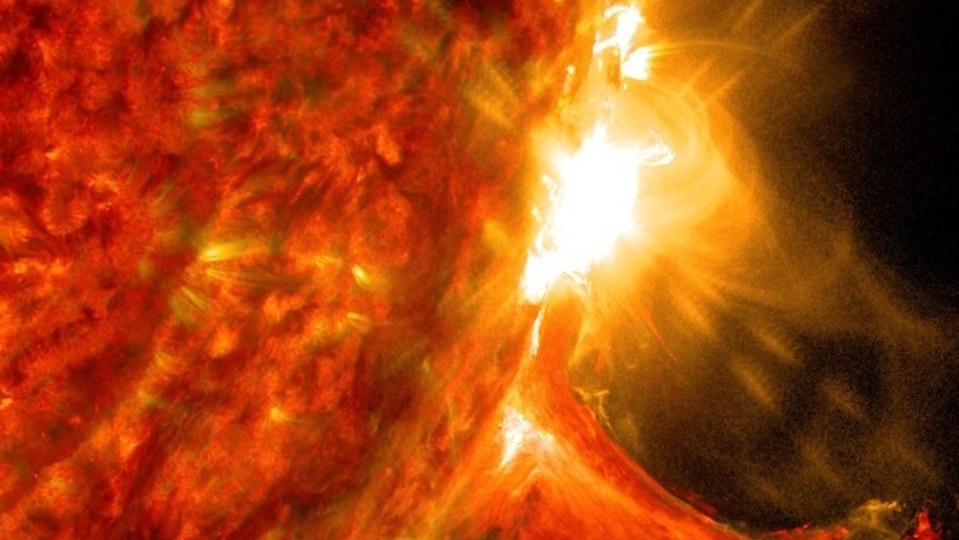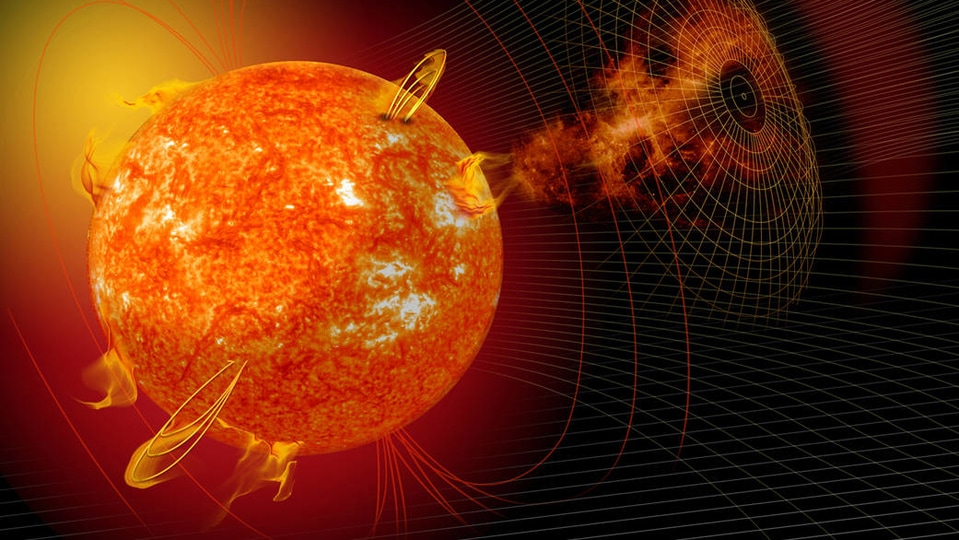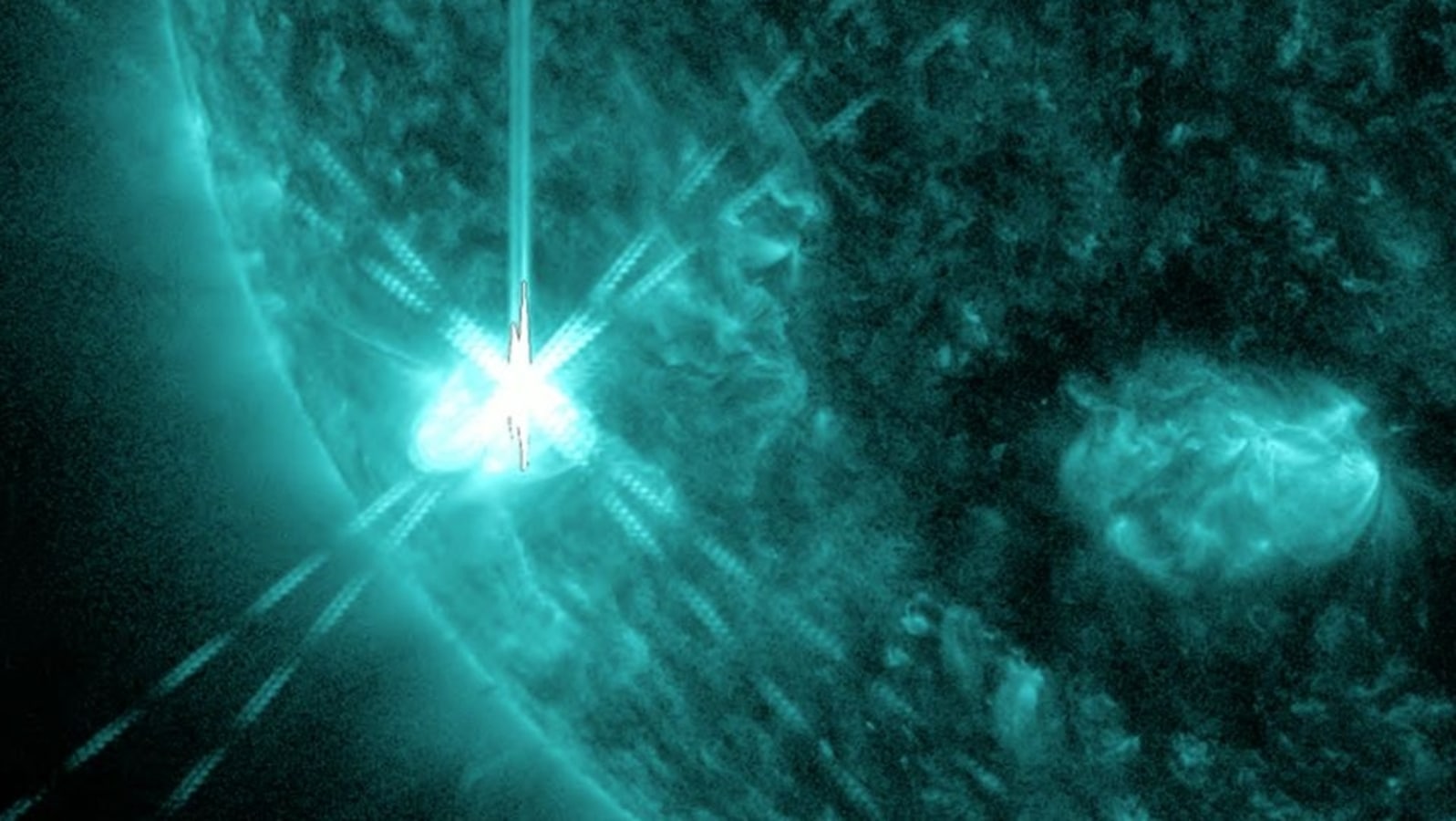The Sun has a weapon to destroy Earth and it is called the CME storm
Earth has a nemesis from the Sun and it’s called the CME storm or CME induced solar storm.




_1639373804152_1639373815879.jpg)

 View all Images
View all ImagesThe Sun has been increasingly blasting powerful solar storms towards the Earth ever since the beginning of 2022. And this will continue till 2023 when it reaches the peak of its solar maximum phase and that poses a big problem for Earth. While the majority of these storms have been largely harmless, some of them have had devastating consequences for us. Earlier this year, 40 Starlink satellites were destroyed by a solar storm and these days they regularly disrupt shortwave radio transmission and GPS functioning. These solar storms, which cause noticeable damage to Earth, are called CME storms or coronal mass ejection storms. But what are these and how are they different from a regular solar storm? Read on to find out.
Tech behind Solar Orbiter and how it spots these CME storms
The Solar Orbiter is a Sun-observing satellite developed by the European Space Agency (ESA) and is operated by both ESA and NASA. The satellite is equipped with state-of-the-art tech instruments to observe and spot solar storms and CME storms. The satellite contains Solar Wind Plasma Analyser, an instrument which contains a suite of sensors that can measure density, velocity, and temperature of the solar winds. It also contains a magnetometer to measure the magnetic field of a solar storm and a Radio and Plasma Waves (RPW) which determines the characteristics of electromagnetic and electrostatic waves in the solar wind.
What is a CME storm and how dangerous is it?
A CME storm is simply a solar storm that has been induced by CME particles striking the magnetosphere. There are many ways the Sun can cause a solar storm like effect on Earth. The most common among them are radiation-based solar storms, which occur when a solar flare erupts on the Sun and it sends powerful radiation towards the Earth. These travel the fastest and are notorious for causing radio blackouts on Earth. Another type of solar storm is the CIR-activated solar storm. CIR (co-rotating interaction region) are the rips in the magnetosphere caused when solar winds with different speed or orientation approach the Earth at the same time. It weakens the magnetosphere temporarily, letting in more solar radiation than normal and sparks geomagnetic storms.
A CME storm is different from both of them as it is caused when a sunspot explodes and sends solar particles (plasma) along with high magnetic and radiation waves. The presence of solar particles slows down the speed and it generally takes the solar storm 24-48 hours to reach Earth. But once it reaches, it can cause devastating impact. It can damage satellites, interrupt wireless transmission like GPS, mobile network and internet connectivity as well as damage power grids. The most horrific example of a CME storm was the Carrington event that took place in 1859.
Catch all the Latest Tech News, Mobile News, Laptop News, Gaming news, Wearables News , How To News, also keep up with us on Whatsapp channel,Twitter, Facebook, Google News, and Instagram. For our latest videos, subscribe to our YouTube channel.





























